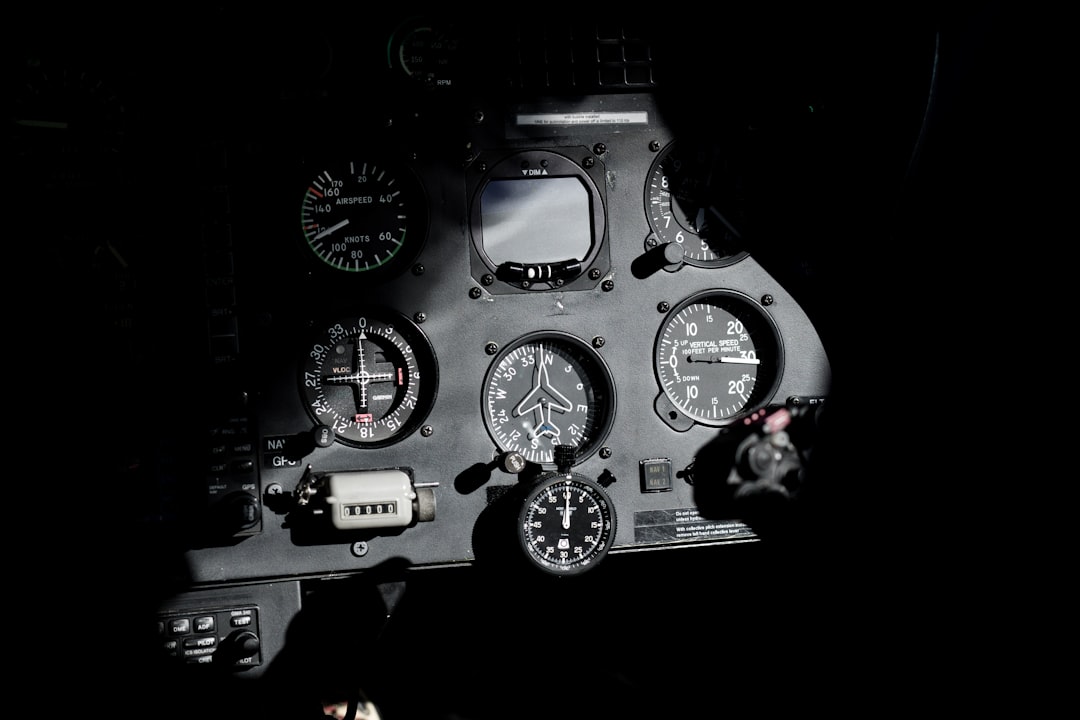So, you’ve finished your 12th grade and have your head in the clouds… literally! You’re dreaming of becoming a pilot and soaring through the sky. That’s awesome! Becoming a pilot is a really exciting and rewarding career. Let’s talk about the pilot courses you can take after 12th grade to make that dream a reality.
What It Takes to Become a Pilot
Before we dive into courses, let’s quickly cover what’s generally needed to become a pilot. Keep in mind that specific requirements may vary depending on the aviation authority in your country (like the FAA in the US or DGCA in India). But here’s a general idea:
- Age: Usually, you need to be at least 17 or 18 years old to get a commercial pilot license.
- Education: Passing your 12th grade (or equivalent) with good grades, especially in math and physics, is usually the basic requirement.
- Medical Fitness: You’ll need to pass a medical examination to prove you’re healthy enough to fly. This includes eyesight, hearing, and overall physical and mental health.
- Training: This is where the pilot courses come in! You’ll need to complete a certified pilot training program.
Types of Pilot Courses After 12th
After your 12th grade, you have a few main pathways to becoming a pilot. Let’s break them down:
Commercial Pilot License (CPL) Programs
A CPL is your ticket to flying professionally. It allows you to get paid to fly, whether it’s for airlines, cargo companies, or other commercial operations. These courses are very focused on flying skills and aviation knowledge.
What you’ll learn: CPL programs cover a wide range of topics including aircraft systems, meteorology (weather), air navigation, aviation regulations, flight planning, and of course, lots of flying hours.
Duration: CPL programs typically take about 1.5 to 2 years to complete, depending on the school and how quickly you progress.
Integrated Airline Pilot Training Programs
These programs are designed to take you from zero experience to a qualified airline pilot in a structured and accelerated manner. They often have partnerships with airlines, giving you a potential advantage in getting a job after graduation.
What you’ll learn: Similar to CPL, but with a stronger focus on airline operations and procedures. You’ll likely get training on specific aircraft types used by airlines.
Duration: These programs can be intense and usually take around 2 years.
Bachelor’s Degree in Aviation
Some universities offer bachelor’s degrees in aviation or aeronautical science. These programs combine flight training with academic studies in areas like aviation management, safety, and engineering.
What you’ll learn: You’ll get a broader education compared to a CPL alone. You’ll learn about the aviation industry in general, plus you’ll get your flight training.
Duration: A bachelor’s degree typically takes 3 to 4 years.
Flying Clubs
Flying clubs offer a more flexible and often more affordable way to learn to fly. You can take lessons at your own pace and build up your flying hours gradually.
What you’ll learn: You’ll learn the basics of flying, navigation, and safety. You can work towards your Private Pilot License (PPL) first, and then continue to build hours and certifications.
Duration: This depends entirely on how much time you dedicate to flying.
Choosing the Right Pilot Course for You
With so many options, how do you pick the right course? Here are some things to consider:
- Your Goals: Do you want to fly for an airline, or are you happy flying smaller planes for fun? Airline jobs usually require a CPL or integrated program.
- Your Budget: Pilot training can be expensive! Research the costs of different programs and explore financing options.
- Reputation of the School: Look for flight schools with experienced instructors, well-maintained aircraft, and a good safety record. Talk to current and former students.
- Location: Consider the location of the school. Is it in an area with good weather for flying? Is it convenient for you to travel to?
- Career Opportunities: Does the school have connections with airlines or other aviation companies that can help you find a job after graduation?
Important Considerations Before You Start
Becoming a pilot is an amazing journey, but it’s not without its challenges. Here are some things to keep in mind:
- Medical Requirements: Make sure you meet the medical requirements before investing a lot of time and money in training.
- The Cost: Flight training is a significant investment. Explore scholarships, loans, and other financing options.
- Dedication and Hard Work: Becoming a pilot requires a lot of dedication, hard work, and discipline. Be prepared to study hard and practice regularly.
- Job Market: Research the current job market for pilots. Is there a demand for pilots in the areas you’re interested in working?
Frequently Asked Questions
What subjects are important in 11th and 12th for becoming a pilot?
Math and physics are the most important subjects. A good understanding of these subjects will help you with the technical aspects of flying.
Can I become a pilot if I wear glasses?
Yes, you can, but your vision must meet certain standards. The aviation medical examiner will assess your vision to determine if you are eligible. Corrective lenses are usually allowed.
How many flying hours are required to become a commercial pilot?
The number of flying hours varies depending on the licensing authority. Typically, it’s around 200-250 hours for a CPL.
What are the career options after getting a CPL?
You can work for airlines, cargo companies, charter services, aerial photography companies, or as a flight instructor.
So, there you have it! A guide to pilot courses after 12th. Remember to do your research, choose a reputable flight school, and be prepared to work hard. The sky’s the limit!

